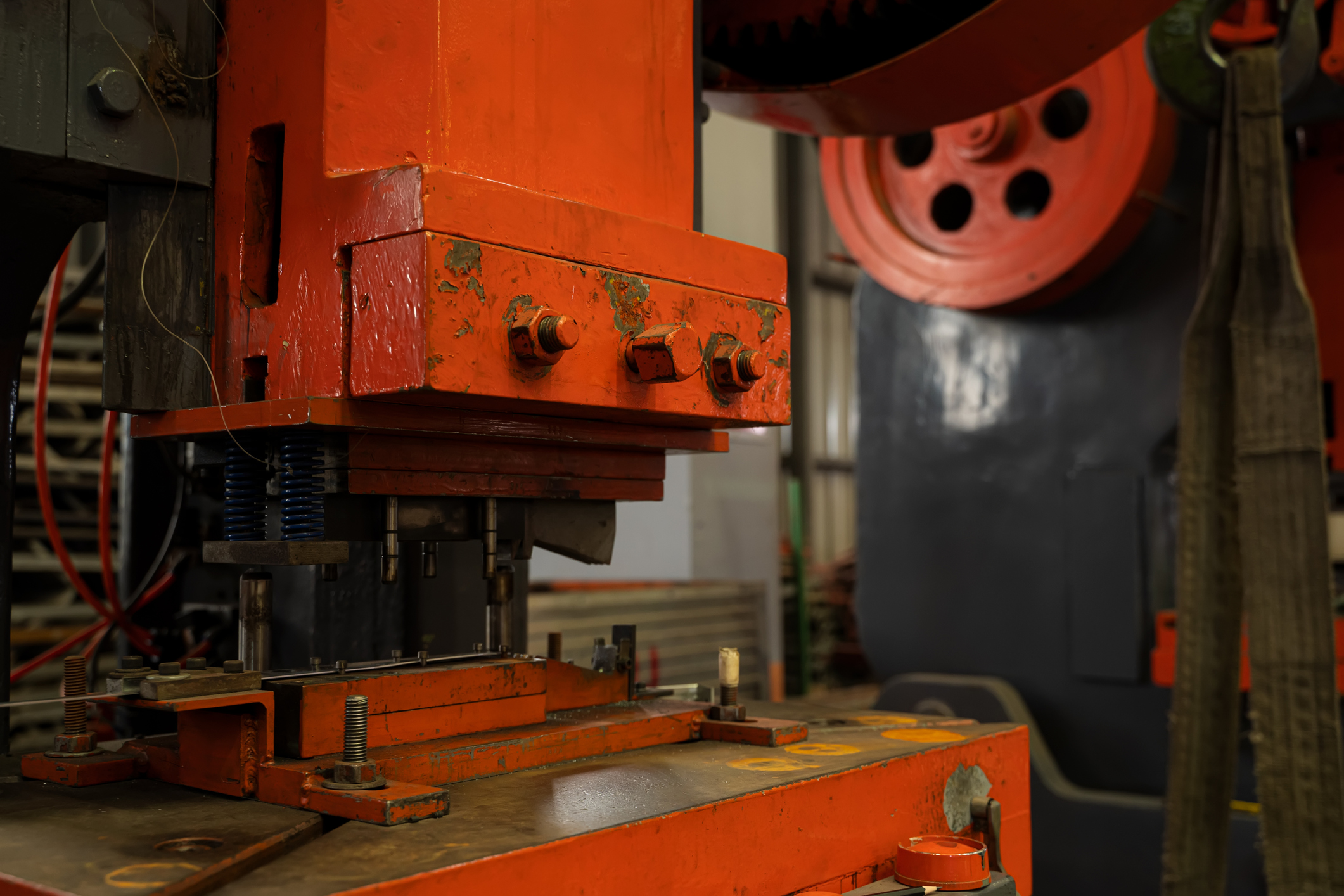
According to a report in Nature(via Interesting Engineering), researchers from the Chinese Academy of Physics can create super-thin sheets, just one or two atoms thick, out of materials including bismuth, gallium, indium, tin, and lead. How, you cry, is this done? Some exotic material depositing technique using the world's most powerful magnets? Maybe ultra-high intensity lasers? Nope, by squeezing the materials really quite hard with a hydraulic press.
Following our recent report of a super-fast new transistor from Peking University, not to mention a Chinese EUV lithography machine to rival that of ASML, this latest innovation from ye olde People's Republic results in super-thin "2D" metal sheets that could enable ultra-low power chips and super-sensitive, well, sensors, among other high-tech novelties.
"Their low-tech approach produces air-stable 2D crystals with dimensions greater than 100 micrometres, which is a substantial improvement over what can made using more expensive and complex techniques, according to the study," Nature says.
The Chinese Academy of Physics researchers claim the method can be applied to any metal with a low melting point. This apparently isn't the first time atomically thin metals have been created. But the new approach allows “large-scale, truly 2D metals” to be produced.
For now, it's not known exactly what properties these exotically thin metal sheets may have, but their relatively large sizes are said to create new possibilities for practical applications.
Nature claims, "some experts believe the feat could revolutionise the way electronic devices are made, from low-power transistors to next-generation chips and supersensitive detectors."
With traditional silicon chips seeming hitting a bit of a wall of late, what with Intel's woes and some elements of chip design not shrinking as fast as others, anything that helps speed things along is welcome. You never know, maybe in 10 year's time, your 10 GHz CPU will have bismuth transistors bashed just atoms thick. That would certainly put a new spin on the notion of a thin-and-light notebook.







